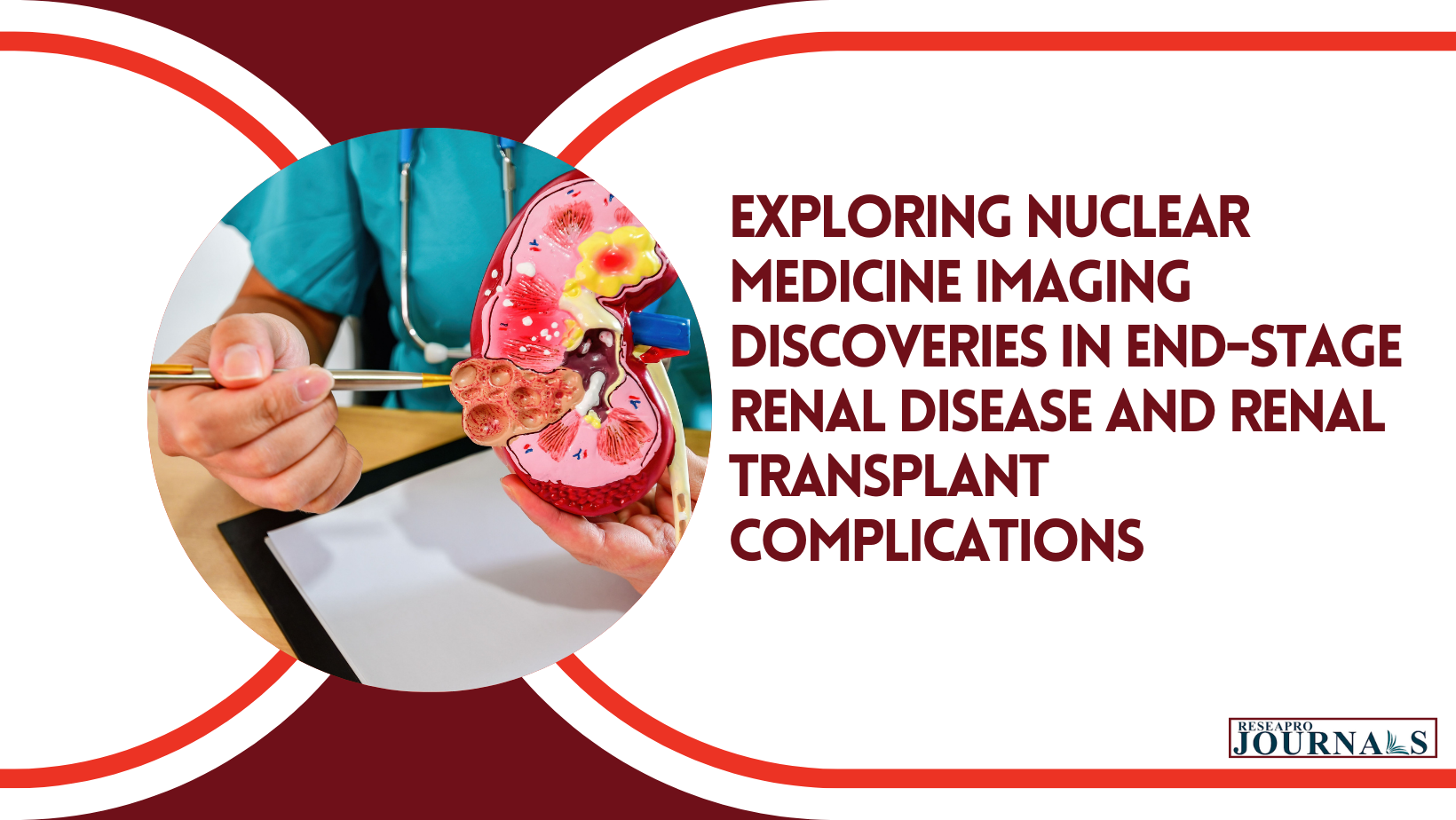
Introduction:

Nuclear medicine imaging has emerged as a crucial tool in diagnosing and managing various renal conditions, particularly end-stage renal disease (ESRD) and complications related to renal transplants. By utilizing advanced imaging techniques, healthcare professionals can gain valuable insights into the functioning of the kidneys and detect any abnormalities or complications that may arise. In this post, we will delve into the significance of nuclear medicine imaging in the context of ESRD and renal transplant complications.
Understanding End-Stage Renal Disease (ESRD):
End-stage renal disease represents the final stage of chronic kidney disease, where the kidneys have lost most of their functionality. Patients with ESRD require renal replacement therapy, such as dialysis or kidney transplantation, to sustain life. Nuclear medicine imaging techniques, such as renal scintigraphy, play a vital role in assessing kidney function in patients with ESRD. By tracking the distribution and clearance of radiotracers within the kidneys, clinicians can evaluate renal function and identify any underlying complications.
Role of Nuclear Medicine in Renal Transplantation:
Renal transplantation, the preferred treatment for ESRD, enhances patient life quality. Yet, complications like rejection, infection, and renal artery stenosis pose risks. Nuclear medicine techniques like PET and SPECT aid in post-transplant monitoring, offering insights into graft function, rejection detection, and identifying potential complications, crucial for transplant success.
Detection of Renal Transplant Complications:
Early detection of complications in renal transplant recipients is vital for optimal outcomes. Nuclear medicine imaging, with its high sensitivity and functional insights, plays a crucial role. Renal scintigraphy detects urinary tract obstruction and vascular issues, while PET imaging with specific radiotracers distinguishes acute rejection from other causes of graft dysfunction, aiding in timely management.
Monitoring Disease Progression and Treatment Response:
Regular renal function monitoring is crucial for patient care optimization. Nuclear medicine imaging offers non-invasive assessment, tracking disease progression and treatment efficacy. Sequential studies aid in intervention evaluation and management decisions. Additionally, nuclear imaging provides prognostic insights, guiding tailored treatment plans for improved long-term outcomes.
Future Directions in Nuclear Medicine Imaging:
Advancements in nuclear medicine enhance renal imaging diagnostics. Emerging molecular imaging and targeted radiopharmaceuticals offer potential for early pathology detection and personalized treatments. Ongoing research on imaging biomarkers and quantitative analysis methods aims to refine nuclear medicine’s role in renal disease management, promising improved patient care.
Conclusion:
Nuclear medicine imaging is vital in diagnosing and managing end-stage renal disease and transplant complications. It offers functional and anatomical insights, aiding timely clinical decisions and enhancing patient outcomes. Evolving technology promises to deepen our understanding of renal pathology, paving the way for improved care strategies.
#ESRD #NuclearMedicine #SPECT #PET #MedicineTechnology #kidney
